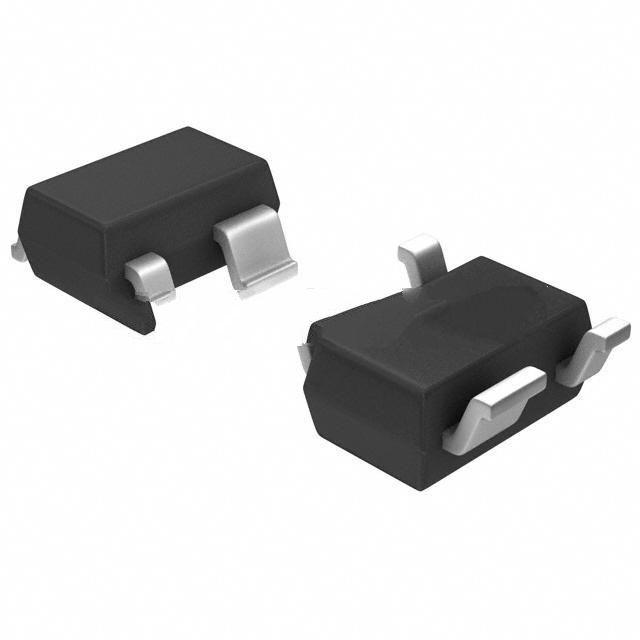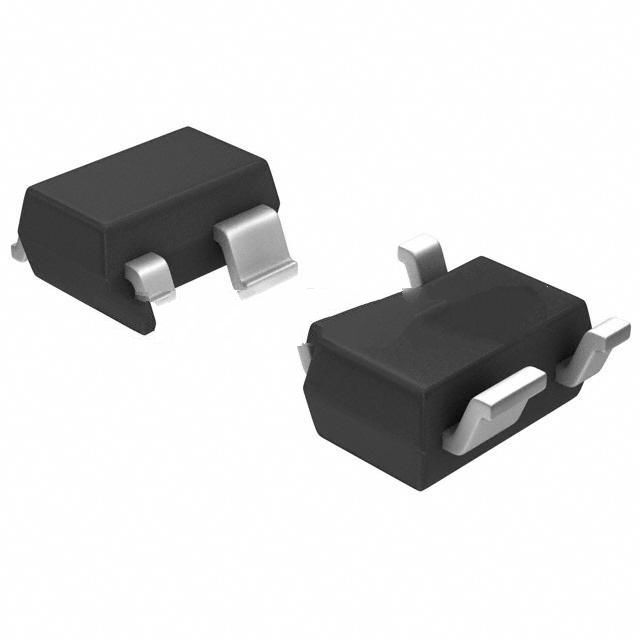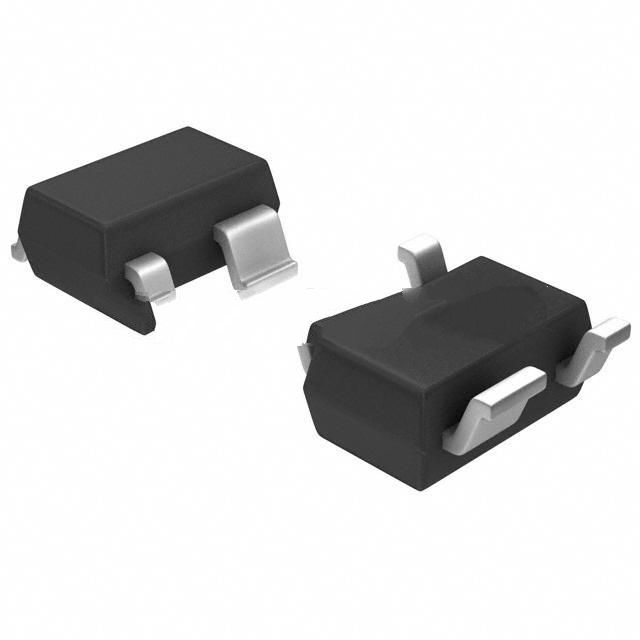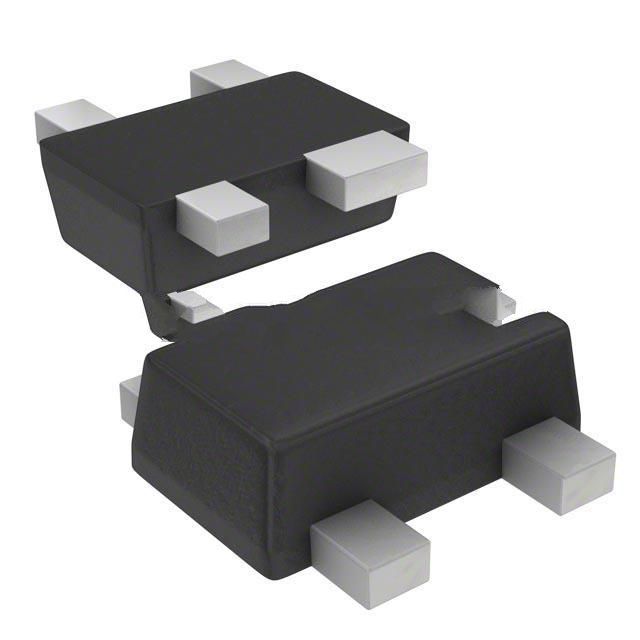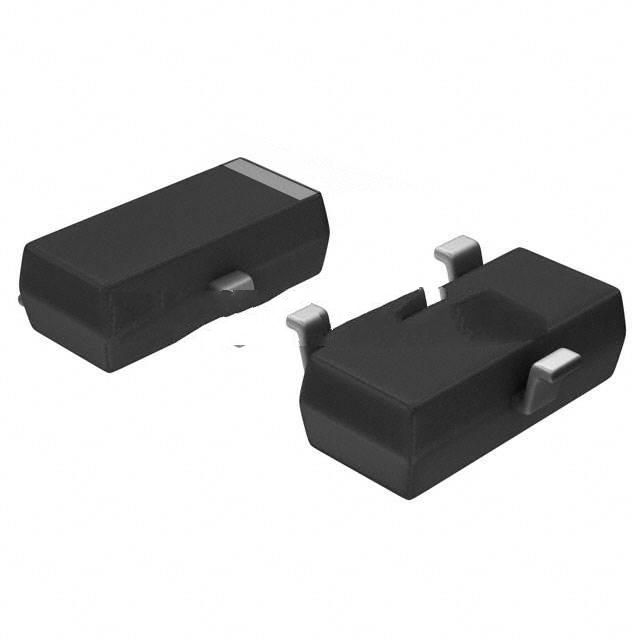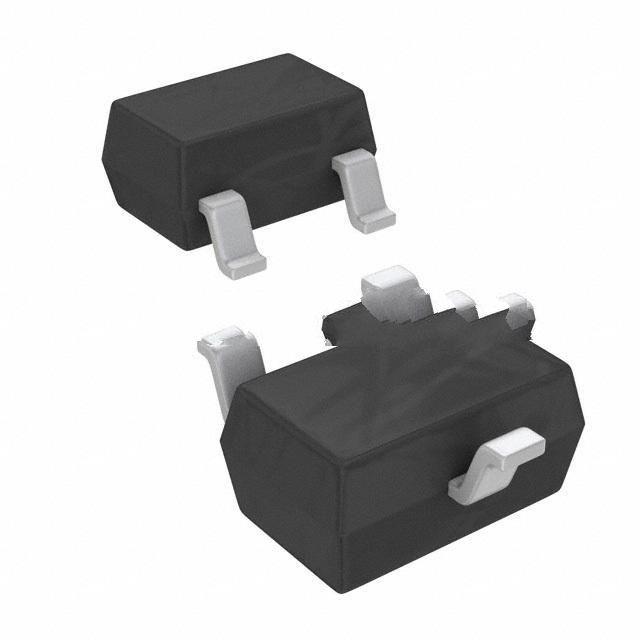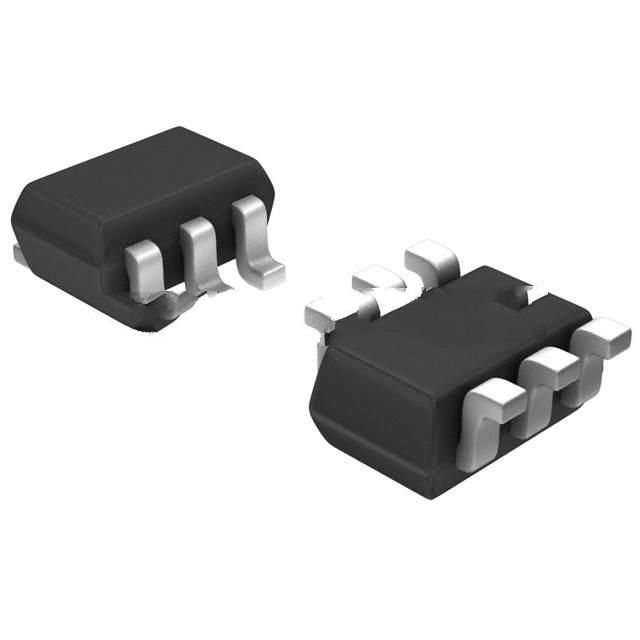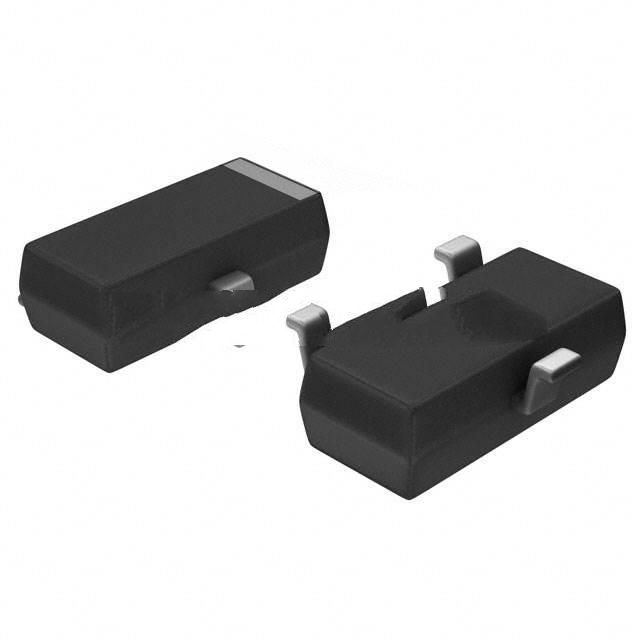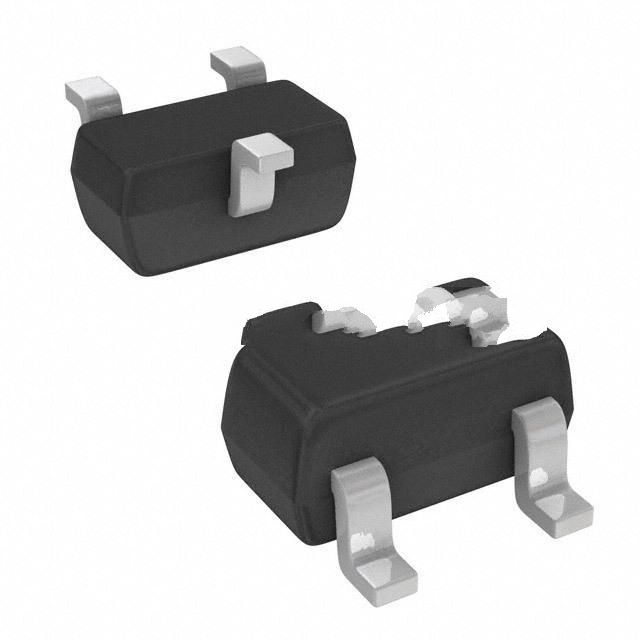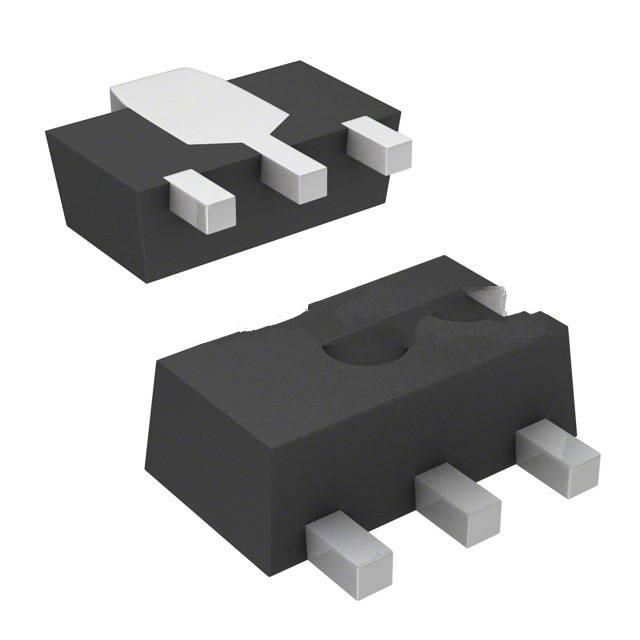Which semiconductor manufacturer has the strongest EV technology?
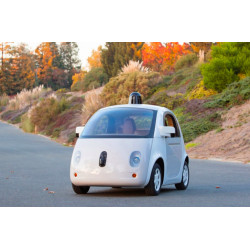
Which semiconductor manufacturer has the strongest EV technology?
Under the sustainable development scenario, electric vehicles (EVs) play a key role in reducing carbon emissions and combating climate change. According to the International Energy Agency, in 2019, all electric vehicles combined will avoid consuming nearly 600,000 barrels of oil per day globally.
The global EV inventory (excluding two/three-wheelers) is growing at an annual rate of 36% and is expected to reach 245 million units in 2030, more than 30 times the current level. According to the established policy, by 2030, the greenhouse gas emissions of electric vehicles will be reduced by nearly half compared with the same number of gasoline vehicles.
From a market perspective, China has been the world's largest EV market, accounting for about half of global EV sales in 2019, exceeding 1 million units. According to data from the Ministry of Industry and Information Technology, in January 2021, the development of new energy vehicles in China has accelerated significantly, with production and sales of 194,000 and 179,000 vehicles respectively, a year-on-year increase of 285.8% and 238.5% respectively. In terms of models, the production and sales of pure electric vehicles reached 166,000 and 151,000 units respectively, a year-on-year increase of 366.6% and 287.8% respectively.
Behind these dazzling market data, we also noticed that in the past two years, compared with the previous strides, the growth rate of the global electric vehicle market has declined significantly. For example, in 2019, global electric vehicle sales were 2.1 million, a year-on-year increase of only 6%, lower than the growth rate of at least 30% since 2016. After careful analysis, we believe that there are three main reasons:
1. The overall auto market shrinks
Overall passenger vehicle sales in many major countries were subdued in 2019, with fast-growing auto markets of all types such as China and India seeing lower sales in 2019 than in 2018. In this context, although electric vehicles have stimulated the growth of the automobile market, they have been greatly affected in sales.
On the whole, in the three-level module system and platform architecture of the vehicle, there are three core technologies in electric vehicles, namely the vehicle controller (Vehicle Control Unit, VCU), the motor controller (Motor Control Unit, MCU) and battery management. System (Battery Management System, BMS), their performance has an important impact on the power, economy, reliability and safety of the vehicle.
Vehicle Controller (VCU)
The VCU is the core component of the electric vehicle control system. It undertakes tasks such as data exchange, safety management, driver intention interpretation, and energy flow management. This module is only equipped for electric vehicles, and fuel vehicles do not need this device. VCU is composed of shell, hardware circuit, bottom layer software and application software, among which, hardware circuit, bottom layer software and application software are the key core technologies of VCU.
The hardware circuit of VCU involves standardized products such as 16/32-bit main processor, power supply, memory, CAN, etc., as well as VCU-specific circuits such as various sensors. With the advancement of automotive-grade processor technology, VCU has gradually transitioned from 16-bit to 32-bit processors.
32-bit processors are now mainstream in the electric vehicle industry. The underlying software is based on the AUTOSAR automotive software open system architecture, which supports different control systems of electric vehicles. Driver torque analysis, shifting law, mode switching, torque distribution, and fault diagnosis strategies are key technologies at the application layer, which have important impacts on vehicle dynamics, economy, and reliability.
Motor Controller (MCU)
The MCU is the unique core power electronic unit of electric vehicles. It controls the motor to output the specified torque and speed by receiving the vehicle driving control command from the VCU to drive the vehicle. In addition, the MCU also has motor system fault diagnosis protection and storage functions.
MCU consists of housing and cooling system, power electronic unit, control circuit, underlying software and control algorithm software. The core module of the MCU hardware circuit shares the platform with the VCU, and its key technologies include a 32-bit high-performance dual-core main processor, vehicle-grade IGBT modules, and customized thin-film bus capacitors. The software system is also based on AutoSAR architecture platform software.
Battery Management System (BMS)
Battery pack and battery management system (BMS). When it comes to electric vehicles, you have to discuss battery technology. The battery pack provides driving power for the whole vehicle, and the capacity of the battery is very important for the cruising range of the electric vehicle. However, progress in battery technology has been extremely slow in recent years, and lithium-ion technology appears to have stalled. However, there have been advances in battery chemistry, cathode and anode materials, and fabrication processes, which are beneficial for lowering the cost of batteries.
In addition, great progress has also been made in alternative materials for lithium ions. Solutions such as aluminum graphite, graphene polymers, microcapacitors, small solid oxide fuel cells and sodium-based alternatives are expected to replace lithium ions as new batteries. Material.
In the battery system, BMS is mainly used for battery cell management and information exchange with the vehicle, and is the most critical component in the battery pack. The key technologies of BMS involve battery voltage measurement, data sampling synchronization, battery state estimation, battery uniformity and balance, and battery fault diagnosis. Among them, battery state estimation has a very high technical threshold.
In addition to the above three core technologies, in the past two years, the importance of charging technology and autonomous driving technology in electric vehicles has increased day by day. First of all, although electric vehicles are more environmentally friendly, frequent charging is a reality that is difficult for drivers to accept, and the limitation of charging capacity is one of the main obstacles to the development of electric vehicles. To address this issue, automakers must continually improve the performance of their charging infrastructure to keep battery charging times as short as possible as safely as possible. According to a consumer survey, range and charging time are the two biggest challenges facing the electric vehicle industry today.
Globally, many electric vehicle companies have already taken a big step towards autonomous driving of their vehicles. Although autonomous driving is not the exclusive technology of electric vehicles, it is indeed an inseparable topic. One is that autonomous driving technology can not only make long-distance driving more comfortable, but also improve vehicle safety, such as reducing road traffic accidents caused by driver distraction, reducing traffic congestion, and providing elderly and disabled people. Possibility of driving a vehicle. Second, most electric vehicles use a new E/E architecture, which is very helpful for the implementation of autonomous driving solutions.
With the widespread adoption and deployment of 5G networks, EV makers have shifted their investment focus to autonomous driving, and big players in the EV industry such as Tesla, Toyota, BMW, Peugeot, and others are already working to make autonomous driving a reality. Volvo is working with Baidu to develop autonomous driving on a large scale in China. Tesla is a leader in the electric vehicle industry and a strong promoter of autonomous driving technology. It even announced in a high profile that it will launch L5-level autonomous driving technology in 2021. Camera + ultrasonic radar + millimeter-wave radar is currently used by Tesla. The implementation cost of this solution is relatively low, and the real effect remains to be further tested by the market.
EV Solutions
Semiconductors have become the well-deserved cornerstone of the realization of a digital and information society, and the foundation and driving force behind the "three modernizations" of the automotive industry. In terms of electrification, the amount of power chips used in electric vehicles is 4 times higher than in conventional vehicles. In terms of networking, the interconnection of cars needs to be equipped with communication chips, and the demand for 5G baseband chips, WiFi, Bluetooth and various radio frequency communication chips has increased significantly. In terms of intelligence, the capacity of memory chips and the speed of computing chips have continued to increase, providing a technical guarantee for the intelligence of automobiles. Next, image sensors with tens of millions of pixels will become the mainstream configuration of automobiles.
The entry threshold for semiconductor components in the automotive industry is very high. In addition to technological leadership, a series of rigorous vehicle-level tests and verifications have blocked many semiconductor companies. At present, the top ten suppliers of the global automotive semiconductor assembly include: NXP, Renesas, Infineon, STMicroelectronics, Bosch, TI, ON Semiconductor, ROHM, Toshiba, ADI, these ten companies almost control more than 80% of the global automotive semiconductor market market share.
NXP BMS and VCU Solutions
Keywords: flexibility, scalability
According to the 2019 fourth quarter investor report, NXP's revenue from automobiles accounts for about 47% of the company's total revenue, and the automotive market is the company's main source of revenue. At last year's NXP Connects developer summit, NXP announced a partnership with Volkswagen around electric vehicle electronics, which adopted NXP's battery management system (BMS) in an innovative MEB platform. The MEB platform is a cross-brand and cross-model platform on which Volkswagen will launch as many as 75 all-electric models to the market in the future.
Today, the development and iteration cycle of new energy vehicles has been shortened from about 4 years for traditional vehicles to 2 years. In this process, systematic solutions are particularly important. The RDVCU5775EVM is an out-of-the-box, proof-of-concept, and cost-effective reference design from NXP that integrates the high-voltage capabilities of the BMS and VCU, and has a powertrain directly connected to a domain controller, supporting ISO 26262 ASIL D automotive applications. It has excellent performance in improving vehicle cruising range, extending battery life, enhancing safety, and effectively shortening system development time.
RDVCU5775EVM integrates 32-bit Power Architecture MPC5775B MCU, FS6523 functional safety power SBC and MC33664 high-speed switching physical layer (TPL) network, supports MC3377x battery controller EVB daisy chain and CD1030 33-channel multi-switch detection interface (MSDI), current can be set.
ST's VCU and BMS Solutions
Keywords: high performance, ecosystem
The development of New Energy Vehicles (NEVs) including Pure Electric Vehicles (BEVs), Plug-in Hybrid Vehicles (PHEVs) and Fuel Cell Vehicles (FCEVs) is transforming the automotive industry and China is undoubtedly at the forefront of this automotive revolution . Facing the hot market demand, the ST China team launched two new products, L9788 and L9963 last year.
The L9788 is a multi-functional vehicle control unit (VCU) control chip. In order to shorten the product development cycle for designers, ST has also launched the EVAL-L9788 evaluation board, and provides schematic diagrams and bills of materials. VCU Reference Kit V10 is a reference design of a vehicle control unit provided by ST, which fully considers the comprehensive needs of enterprises.
The L9963 is an automotive power battery management chip that can monitor up to 800 V automotive cascading topology battery packs consisting of up to 14 battery cells, meaning the device can easily support mainstream EVs and even larger EVs. This product is the first automotive-grade BMS solution released by ST. Its biggest feature is that it has a measurement accuracy of ±2 mV and no out-of-step delay in the sampling interval, which makes the sampling speed faster and the design simpler.
TI all-in-one powertrain system and BMS solution
Keywords: component sharing, high integration
In order to increase power density at an optimized cost while increasing vehicle reliability, EVs and HEVs often employ all-in-one powertrains. All-in-one powertrain systems on the market, although implemented in different ways, basically integrate components such as on-board charger (OBC), high-voltage DC/DC (HV DCDC), inverter and power distribution unit (PDU) and other power system terminal devices.
TI's solution is an all-in-one powertrain system with power switch sharing and magnetic integration. Both the OBC and the high-voltage DC/DC converter are connected to the high-voltage battery, allowing the on-board charger and the full-bridge high-voltage DC/DC to share the power switch. become possible. In addition, because of the same rated voltage on the high-voltage side, if the two transformers in Figure 4 are integrated, magnetic integration can be achieved, and finally a three-terminal transformer is formed, and the integration degree of the module is further improved.
In TI's scheme, they also try to achieve component sharing as much as possible. The scheme not only realizes the sharing of three half-bridge power switches with two end device components, but also realizes magnetic integration by sharing windings in the OBC as power factor correction inductors, which is very beneficial to reduce design cost and improve power density.

